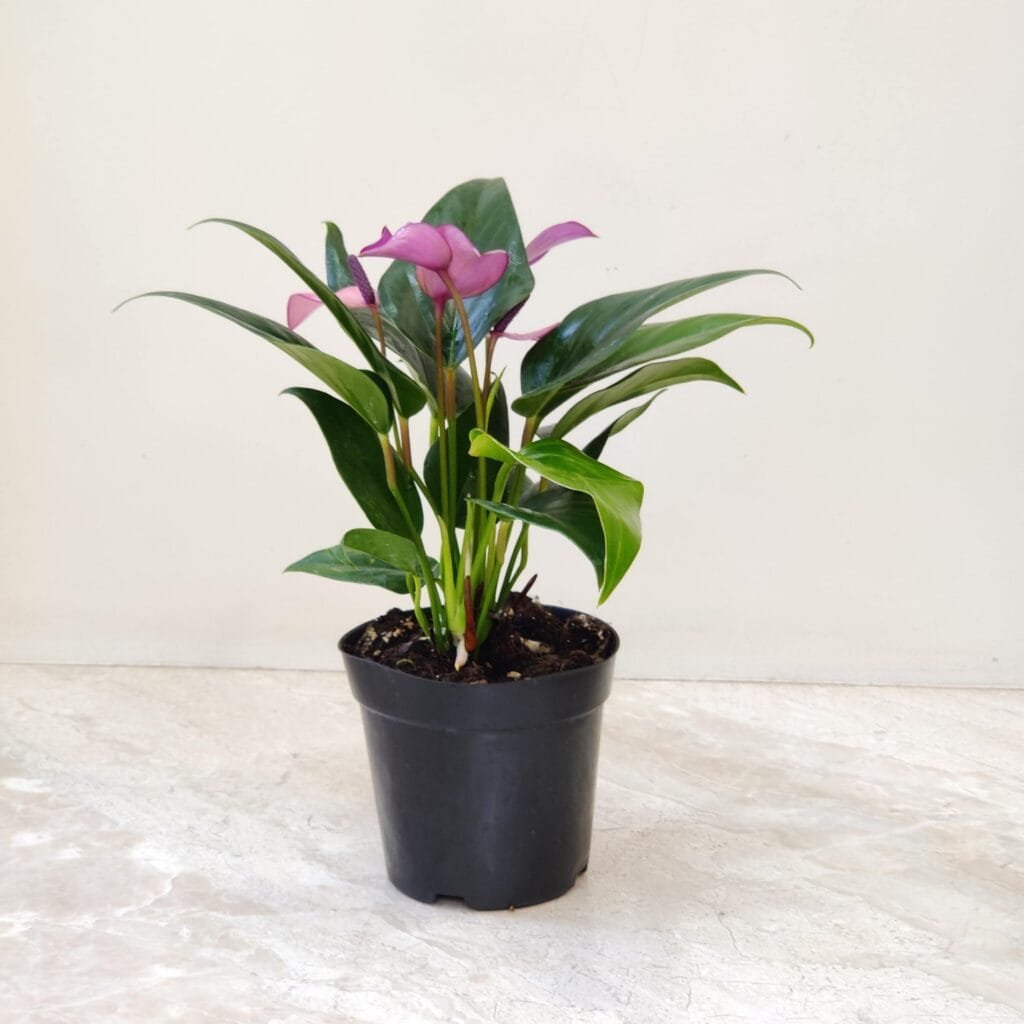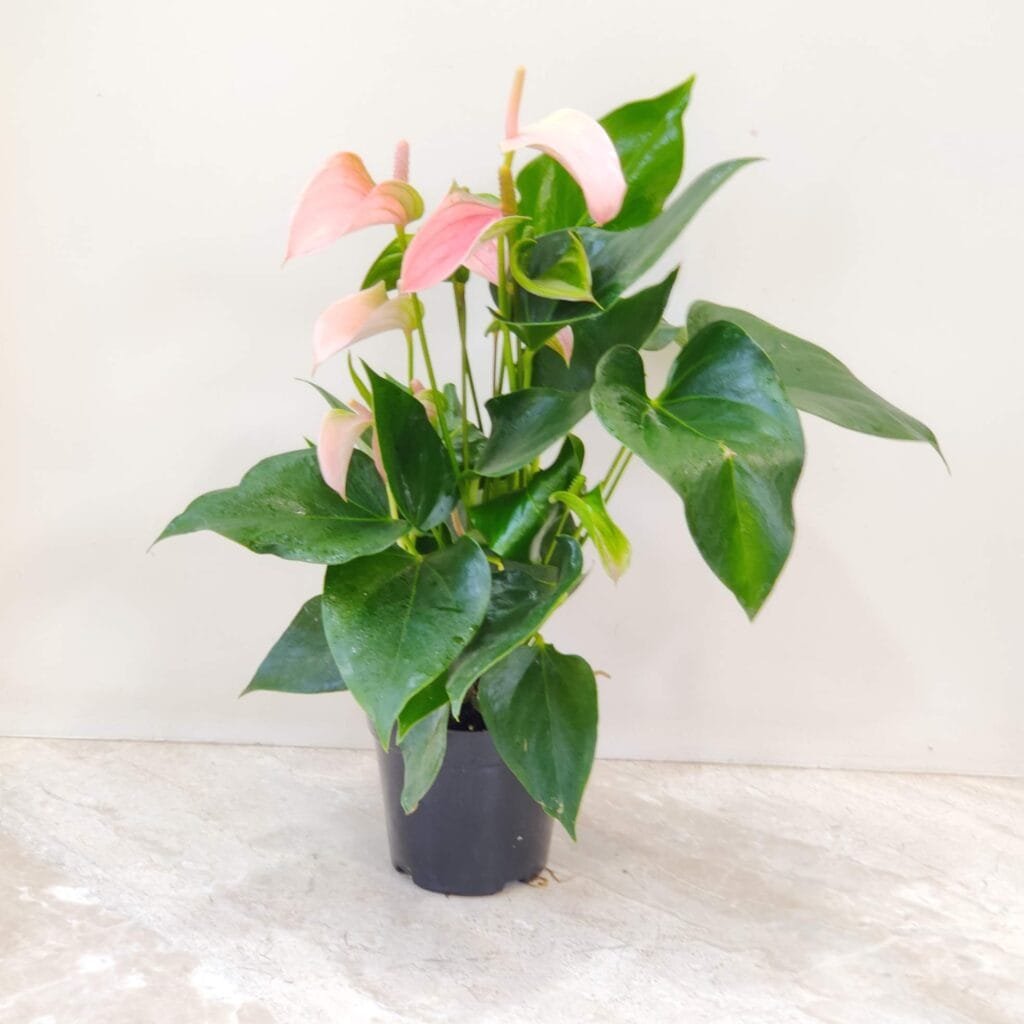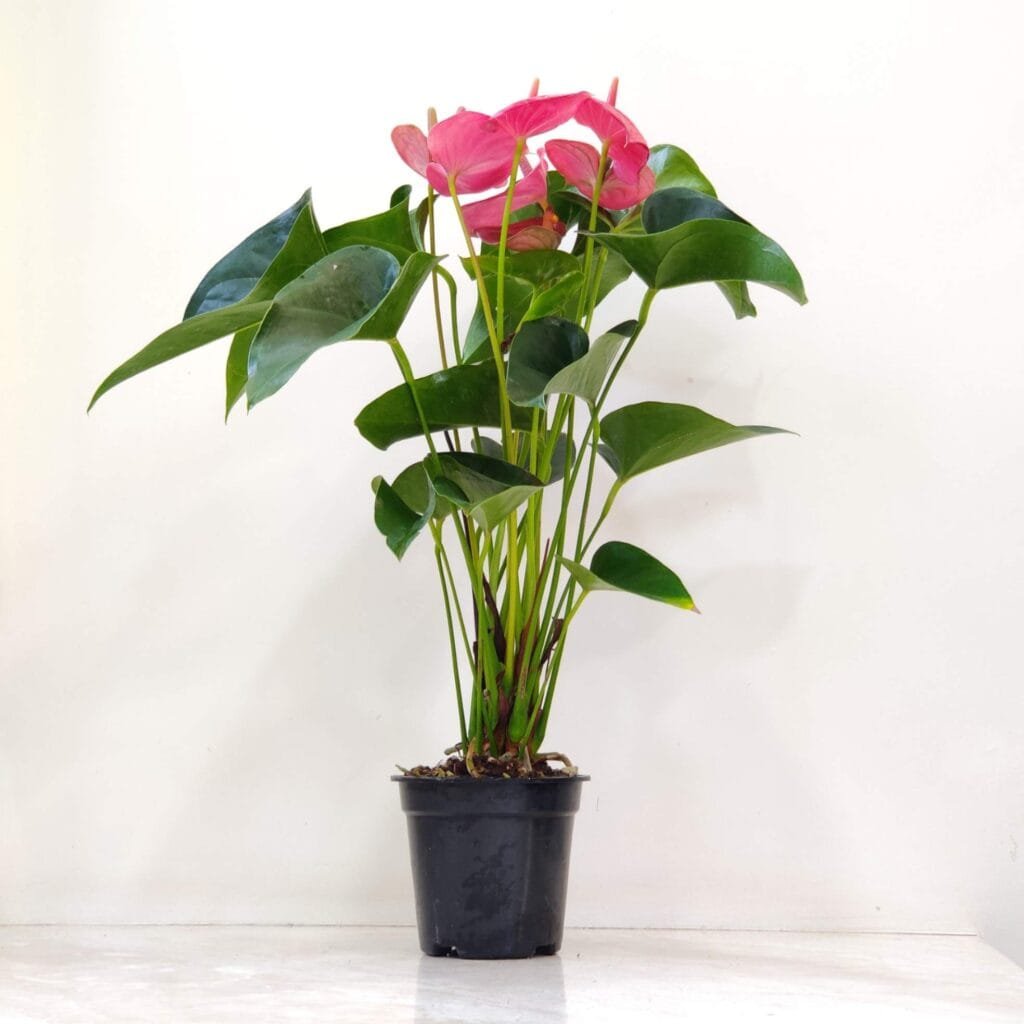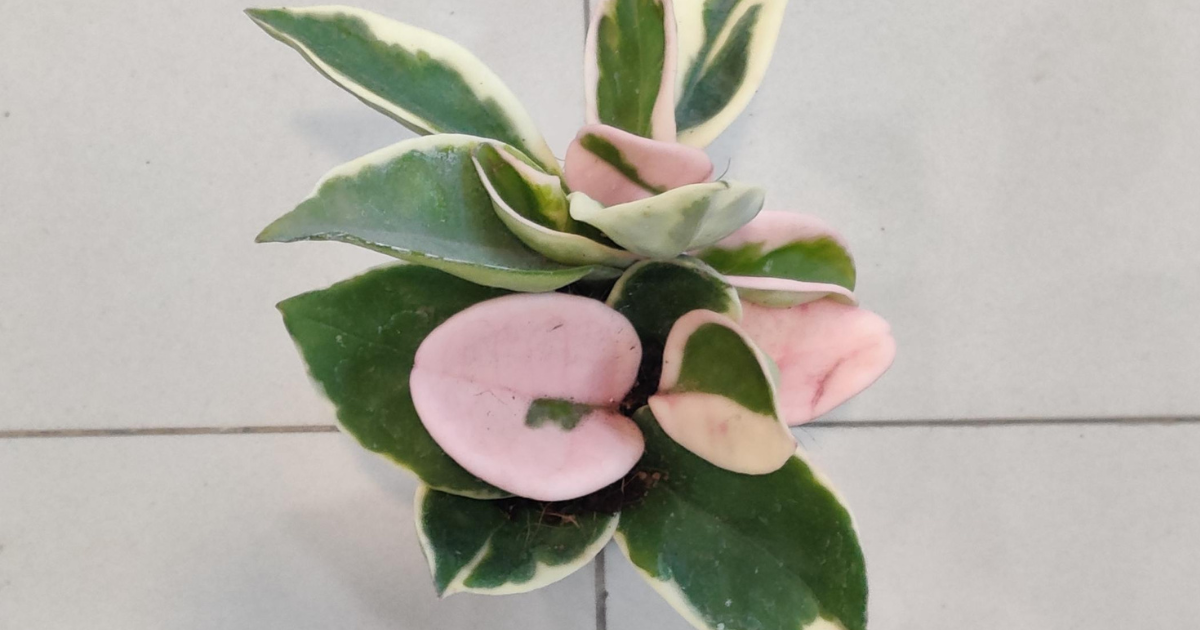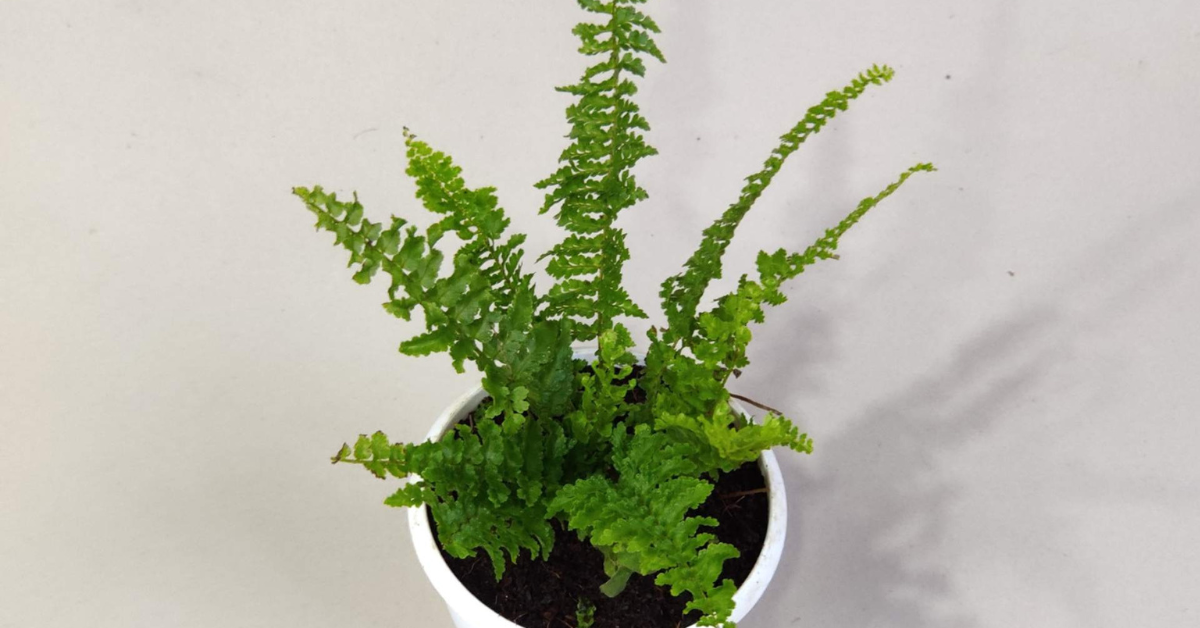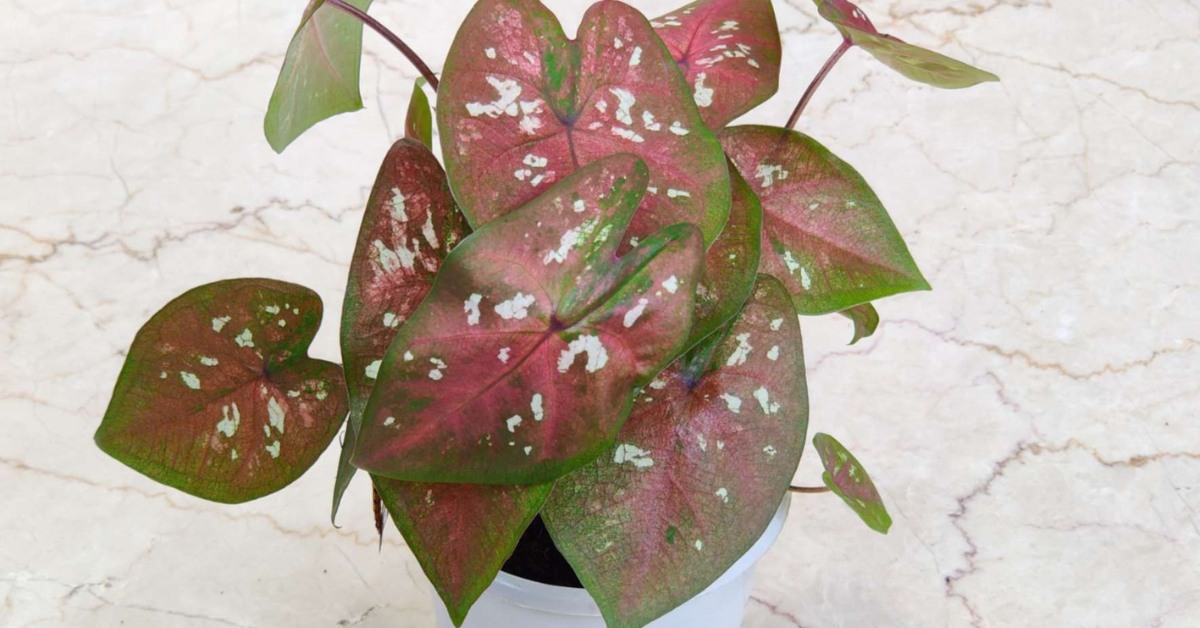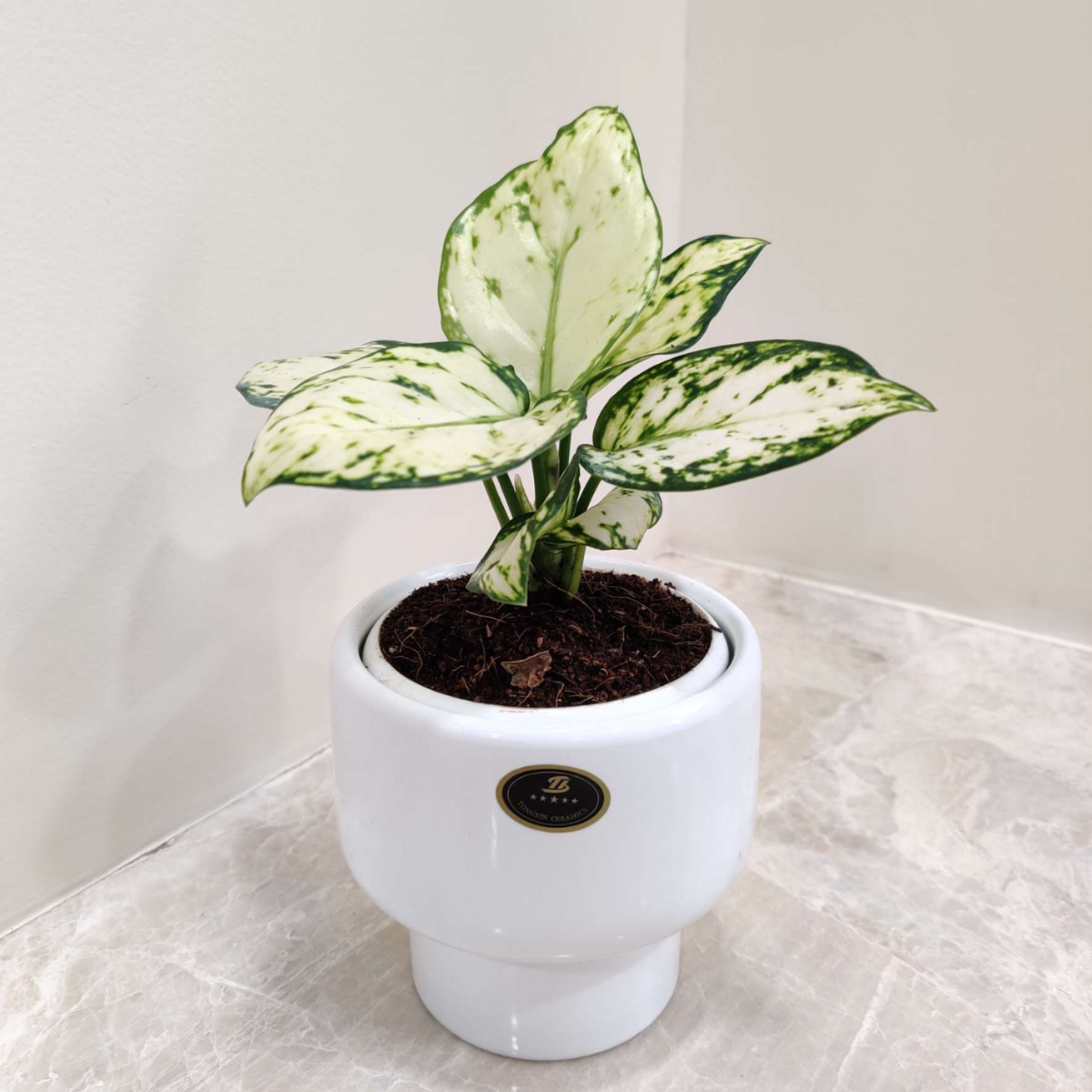
Anthurium jenmanii ‘Gold’ is a stunning tropical plant celebrated for its vibrant golden-yellow foliage, which transitions from deep red or burgundy as it emerges. Known for its thick, leathery leaves and rosette growth pattern, this rare Anthurium variety is a prized addition to plant collections worldwide. Whether you’re a seasoned gardener or a beginner, this plant’s striking aesthetics and ease of care make it a perfect choice for both indoor and outdoor spaces.
Origins and Natural Habitat
Native to South America, from Trinidad-Tobago to Brazil, Anthurium jenmanii thrives in various ecosystems, including humid forests, dry woodlands, and even rocky outcrops. This adaptability allows it to grow as a terrestrial plant, an epiphyte (on trees), or an epilithic species (on rocks). Its versatility in nature reflects its ability to flourish in diverse environments, making it an excellent houseplant in tropical and subtropical regions.
Unique Physical Characteristics
Foliage
- The defining feature of Anthurium jenmanii Gold is its striking golden-yellow to lime-green leaves.
- The foliage is thick, stiff, and leathery, giving it a durable, long-lasting appeal.
- The leaves grow in a bird’s nest formation, reaching up to 50 cm in height and spreading up to 70 cm, making it a visually striking plant.
- New leaves often emerge in deep red, gradually transitioning to gold, creating a captivating color shift.
Growth Habit
- Forms a compact rosette-like structure, trapping moisture and nutrients at its base, much like bird’s nest ferns.
- New leaves roll into two opposite spirals toward the central rib, a unique trait within the Pachyneurium section of Anthurium.
- Slow-growing but develops into a robust and eye-catching specimen over time.
Inflorescence
- Produces elegant spathes—modified leaves that resemble flowers—with a dark purple-black hue.
- The spadix, or flower spike, eventually bears bright red berries containing seeds.
- Flowers contain both male and female parts but bloom in a staggered manner to reduce self-pollination.
Symbolism and Benefits
Beyond its aesthetic value, Anthurium jenmanii Gold holds deep cultural symbolism. Anthuriums in general represent hospitality, love, and prosperity, making them excellent gifts or decorative elements for homes and offices. Additionally, this plant is known for its air-purifying properties, helping to filter toxins and improve indoor air quality.
Feng Shui & Energy Benefits
- In Feng Shui, Anthuriums are believed to attract positive energy and good fortune.
- The golden hues of Anthurium jenmanii Gold symbolize wealth, success, and happiness.
- Ideal for placement in living rooms or offices to enhance prosperity and harmony.

Ideal Growing Conditions
Providing the right environment ensures that Anthurium jenmanii Gold thrives and retains its vibrant coloration.
Lighting
- Prefers bright, indirect light; direct sun may scorch its leaves.
- A north or east-facing window is ideal.
- If natural light is limited, use grow lights to supplement.
Temperature & Humidity
- Optimal temperatures range between 65–80°F (18–27°C).
- Avoid temperatures below 60°F (15°C), as it may hinder growth.
- Requires high humidity levels (60% or more); misting or using a humidifier helps maintain moisture.
Watering
- Water moderately, allowing the topsoil to dry out between waterings.
- Overwatering can cause root rot, so ensure proper drainage.
- Using rainwater or distilled water is beneficial, as Anthuriums are sensitive to chemicals in tap water.
Soil
- Prefers well-draining, organic-rich soil.
- A mix of peat moss, perlite, and orchid bark creates an ideal medium.
- Adding charcoal to the soil mix can help prevent bacterial growth and root rot.
Fertilization
- Feed with a balanced fertilizer monthly during the growing season (spring and summer).
- Use a fertilizer rich in phosphorus to promote healthy root and leaf development.
- Slow-release fertilizers are a great option for long-term nourishment.
Common Pests and Issues
Although Anthurium jenmanii Gold is a hardy plant, it may encounter some common houseplant pests:
- Mealybugs and aphids – Can be controlled using neem oil or insecticidal soap.
- Spider mites – Appear in dry conditions; increasing humidity can prevent infestations.
- Yellowing leaves – Usually a sign of overwatering or poor drainage.
- Leaf browning or crisping – Often due to low humidity or excessive direct sunlight.
- Root rot – Caused by overwatering; ensure proper drainage and avoid soggy soil.
Propagation Techniques
This plant can be easily propagated through division or stem cuttings:
- Division: During repotting, separate healthy offshoots with roots and plant them individually.
- Stem Cuttings: Cut a healthy stem with at least one node and place it in water or moist soil until roots develop.
- Seed Propagation: While possible, this method is slow and requires careful nurturing.
Why Choose Anthurium Jenmanii Gold?
- Unique Aesthetic Appeal – Its bright golden foliage adds a luxurious touch to any plant collection.
- Easy Maintenance – Ideal for both beginners and experienced gardeners due to its low care requirements.
- Air-Purifying Qualities – Contributes to healthier indoor environments.
- Symbolic Value – Represents love, hospitality, and prosperity, making it a thoughtful gift.
- Versatile Growth – Thrives in a variety of settings, including terrariums, indoor pots, and shaded outdoor gardens.
- Drought-Tolerant – Its thick leaves retain moisture, making it more resilient during dry periods.
- Exotic & Rare – A must-have for collectors looking for unique tropical plants.
- Non-Toxic to Humans – While mildly toxic to pets, it poses minimal risk to humans, making it a safe indoor choice.
Final Thoughts
Anthurium jenmanii Gold is more than just a plant; it’s a statement piece that brings tropical elegance into any space. With its dazzling golden leaves, air-purifying benefits, and easy-care nature, this Anthurium variety is a must-have for plant lovers. Whether placed on a windowsill, in a shaded garden, or as part of an exotic plant collection, it is sure to captivate and inspire all who see it.
If you’re looking to add a touch of the tropics to your home, this golden Anthurium is the perfect choice!
FAQs
1. What makes Anthurium Jenmanii Gold unique?
Anthurium Jenmanii Gold is prized for its thick, leathery leaves that emerge in deep red and transition to a striking golden-yellow hue. Its rosette growth pattern and rare coloration make it a standout tropical plant.
2. How much light does Anthurium Jenmanii Gold need?
It thrives in bright, indirect light. Too much direct sunlight can scorch its leaves, while low light may slow its growth and affect leaf coloration.
3. What is the best soil for Anthurium Jenmanii Gold?
Use a well-draining mix with peat moss, perlite, and orchid bark. This ensures proper aeration and prevents root rot.
4. How often should I water my Anthurium Jenmanii Gold?
Water when the top 1-2 inches of soil feel dry. Overwatering can cause root rot, so ensure proper drainage.
5. What temperature and humidity does it prefer?
It thrives in temperatures between 65-80°F (18-27°C) and humidity levels above 60%. Use a humidifier or mist the plant regularly if needed.
6. Is Anthurium Jenmanii Gold toxic to pets?
Yes, like most Anthuriums, it contains calcium oxalate crystals, which can be toxic to pets if ingested. Keep it out of reach of cats and dogs.
7. How do I propagate Anthurium Jenmanii Gold?
Propagation is best done through division during repotting. Separate offsets with roots and plant them in fresh soil.
8. How do I keep my plant’s leaves vibrant?
Maintain high humidity, provide adequate light, and feed with a balanced fertilizer monthly during the growing season.
9. Can I grow Anthurium Jenmanii Gold outdoors?
Yes, it can be grown outdoors in tropical and subtropical regions where temperatures do not drop below 60°F (15°C). Keep it in shaded or partially shaded areas.
10. Why are my plant’s leaves turning brown or yellow?
Brown tips usually indicate low humidity or underwatering, while yellowing leaves can be a sign of overwatering or poor drainage. Adjust care accordingly.
Enhance your décor with our beautiful Anthuriums—browse and buy the perfect plant to elevate your space!
